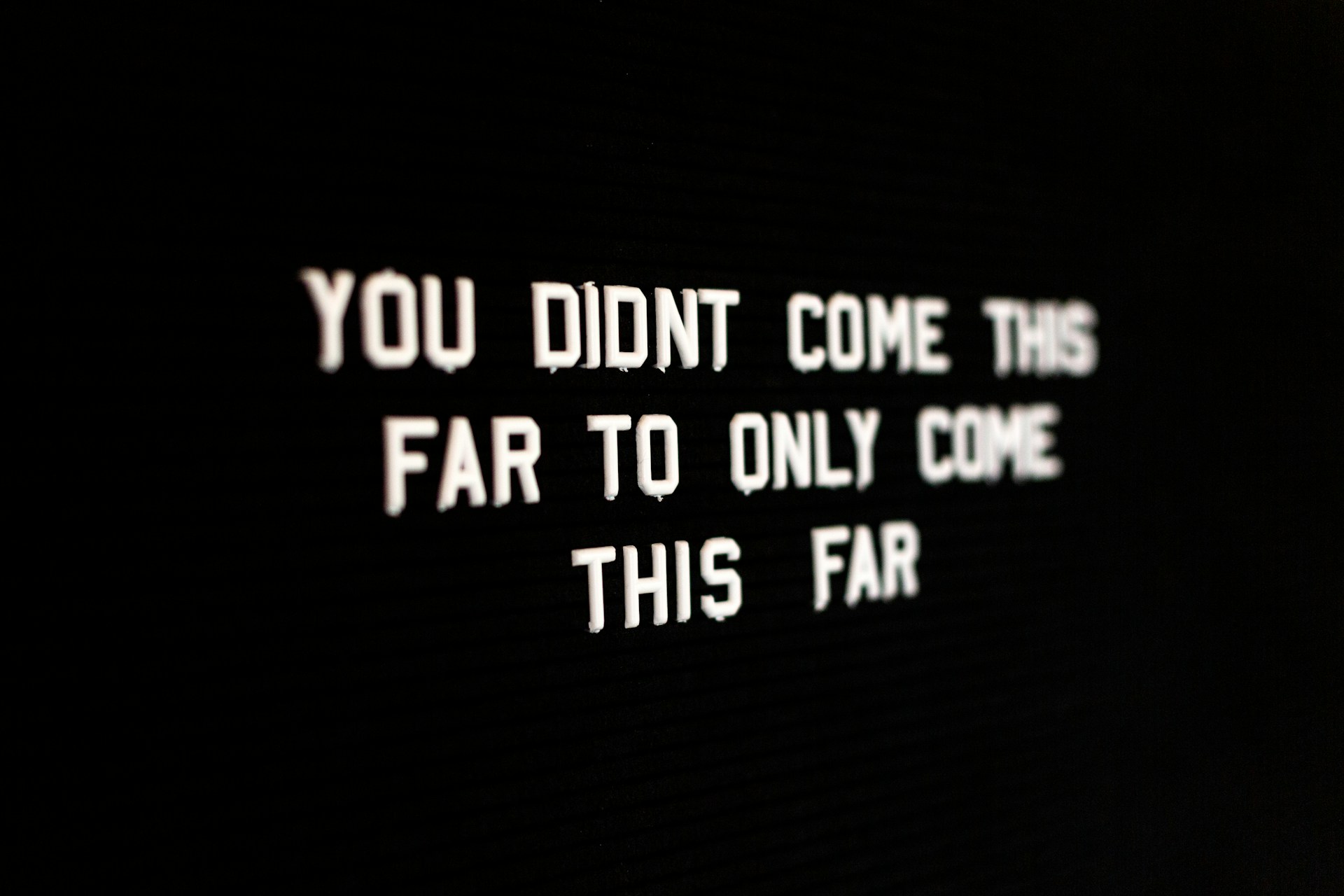The marketer's dichotomy: balancing action with strategy

Marketers face increasing pressure to deliver results, so are naturally driven to focus on activity. Yet, those who have taken the time to develop a solid strategy are far more likely to achieve success.
So how much time should you spend working on your marketing strategy? Does it mean all activity should cease until the strategy process is complete? Is strategy really necessary? Could this time be better spent churning out more activity? These are the tensions we see many businesses face on a regular basis. We've faced it ourselves too.
Strategy is important, whether it’s developing your purpose, business models, value propositions, messaging, channel selection, go-to-market approaches or defining products and services. But when you're deep into the strategy process, it can often feel like procrastination or navel-gazing. There is an anxiety that creeps in around a lack of action and activity.
On the flip side, without a strategy you may feel like you’re taking action purely for action’s sake, potentially leading you to focus on the wrong things, pushing the wrong message or lacking the assets to run an effective sales and marketing process. You might be doing lots of stuff, but with a feeling things aren't right or that you're heading in the wrong direction.
When you need a marketing strategy
You shouldn’t feel bad about spending time on marketing strategy. But spend too much time on it and you are likely being too self-indulgent. You may even raise wider concerns about your lack of progress. Equally, being highly active without a strategy will eventually mean you have wasted a lot of time, because there is a high probability that what you do is ineffective.
To address this, the first step is to determine whether you need to develop a new or revisit an existing strategy. There are some obvious signs when this is the case.
When you have a solid strategy, you'll be taking action with confidence. Everything starts to click into place and everyone is on the same page, sharing the same purpose. Your activity feels more joined-up and you'll be moving forwards with certainty. You will start seeing results more quickly and you'll be buzzing from the momentum you're building.
If your business development efforts don't feel like this, then there's a good chance it's because there is an absence of strategy. You'll be performing random acts of marketing (RAOM), there will be no alignment with sales and your whole team will have different perspectives about what your business stands for.
'Our website doesn't reflect what we do,' is a common gripe we hear from companies who are unsure about their strategy. When you start looking for the signs, you'll find them everywhere. Ultimately, if your marketing is haphazard, stop-start, directionless and unmeasurable, you need a strategy.
Create a plan and timeline for the marketing strategy process
When it's clear a marketing strategy is required, there's often a feeling that you've got a mountain to climb. There's confusion about what a good marketing strategy looks like and a concern about the amount of time involved.
A pragmatic approach here is essential. Don't waste time with academic frameworks and theoretical models. There's a good reason why a SWOT analysis is often referred to as a 'Significant Waste of Time.'
Strip it right back to the core components of what you actually need from a marketing strategy:
- Your ideal customer profile (target market segment/s)
- Your core value proposition
- Your go-to-market channels
You should really be led by customer and competitor insight to ensure your decisions on each of these elements are properly informed.
This blog won't go into detail on how to tackle each of the three core principles. But these blogs will help with that:
- Why run a Voice of the Customer programme?
- Defining your ideal customer profile
- Why a good value prop is a must for B2B tech firms
- 5 steps to building a compelling value proposition
The main point here is to keep the strategy process super-focused to avoid you veering off course and getting lost in the bottomless pit of research and strategy.
The three principles will then guide you in building the foundations for marketing (and sales) - namely your messaging, your brand, your data, your thought leadership, your website and so on.
With a clear approach to developing your marketing strategy, you can then put together a plan and timeline. This plan should cover who will be involved, what needs to be done and by when. It should then be communicated with all stakeholders to ensure expectations are set. Stick to the timeline and you should minimise any anxieties around a lack of action.

Make strategy and action a continuous process
It's really important to minimise any loss of business development momentum, if avoidable. It's just like a snowball - if it stops rolling, it will start to melt away and it takes time to build it up when you start rolling again.
There is no reason why you can't continue with a parallel track of activity, while the strategy process is underway. It just may make sense to scale things back to those things that are directly generating results. You'll want to save the majority of your marketing budget to really kick ass when your strategy is clearer.
Given the time it takes to go back and revisit your marketing strategy, you will want to avoid having another huge rebuild in future. So rather than set and forget, with the mindset that you'll re-develop your strategy every 2-3 years, you should set periodic reviews of your strategy every 6 months. What have we learned? Have our customer needs changed? What is the competition doing? Are we still heading in the right direction? What needs to be modified?
It's exactly the same as managing your website. So many organisations revamp their website, but then they don't focus on continuously evolving it. After a year or two it becomes out of date. The longer they leave it, the next revamp becomes another massive project.
How high performers balance action over strategy
Perhaps the best way to understand how to manage this challenge is to learn from some of the world’s most successful businesspeople - all of whom have their own approach and philosophies. For example:
- Elon Musk emphasises the importance of balancing long-term vision with short-term execution. He suggests breaking down ambitious goals into smaller, manageable tasks and iterating quickly to learn from failures.
- Jeff Bezos encourages a long-term perspective on strategy while fostering a culture of experimentation and innovation. He emphasises the need for a willingness to be misunderstood for certain periods and to stay customer-focused.
- Warren Buffett advises focusing on businesses that have a simple and understandable model. He suggests avoiding unnecessary complexity in strategy and execution, and sticking to fundamental principles.
These three examples might sound very different, but there’s some common ground between them. Ultimately, the balance is all about taking calculated risks, staying customer-focused, learning from failures, and adapting strategies based on real-world feedback. The end goal is feeling able and willing to embrace a mindset that values both strategic vision and practical execution.
In summary
Your starting point to determine whether or not you need to invest time in strategy, is identifying that there is a lack of one in the first place.
If you can see the signs that your marketing strategy needs a fundamental overhaul, you shouldn't feel guilty about focusing your time on that. Just don't slow down completely if you can avoid it.
Once you’ve completed the strategy process, you should more regularly sense-check your strategy to ensure you feel it’s still on track. If you leave it too long without testing it, at some point you’ll have to put the brakes on again and do a full pivot. But with a little more pragmatism, this can often be avoided.
We’re here to help you do marketing that actually works.
Related insights



